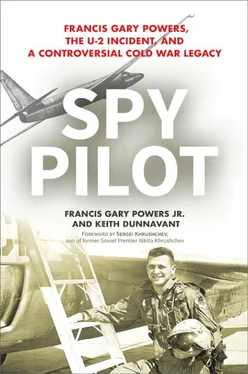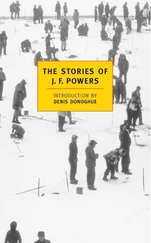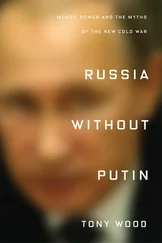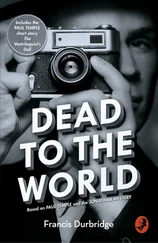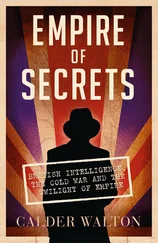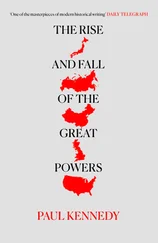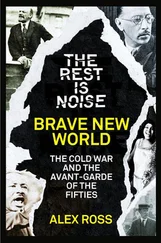Tony considered Frank “a very good pilot” who was “very precise and detail oriented.” He especially admired the man’s abilities on the gunnery range, where he won several competitions while utilizing the F-84’s .50-caliber guns in steep dives.
Over beers at the officer’s club, the two friends talked about women and sports and their shared appreciation for flying fast airplanes and driving fast cars. They laughed about the unsuspecting airliners they frequently lined up on, as part of their routine attack simulations.
“Frank was a personable guy and fun to be around,” Bevacqua said. “By the time I got there, he was spending a lot of time with Barbara.”
About a month after arriving at Turner, a cashier at the post-exchange took a shine to Frank and introduced him to her daughter, who worked as a cashier at a nearby Marine base. Beautiful and full of life, eighteen-year-old Barbara Gay Moore was Frank’s kind of girl. They hit it off immediately. The romance quickly turned serious, and Frank put a ring on her finger, but he became increasingly troubled by her erratic behavior and excessive drinking.
“I’d go on these trips and I’d find out she’s gone out with other men,” Powers confided many years later. “She wouldn’t wear the ring. I was quite suspicious and rightfully so.” 7
When he was assigned for some temporary duty at Eglin Air Force Base, the massive testing facility along the Gulf Coast in northwest Florida, Barbara agreed to drive down to meet him for the Fourth of July weekend. When the appointed time arrived, she didn’t show up. Without any way to contact her, Barbara’s fiancé was at once concerned and mistrustful. She eventually showed up two days later—“an entire day and night unaccounted for.” 8They argued and she made up some story.
Frank was not the type to share too much, but Bevacqua could see his friend wrestling with a dilemma.
“She was a handful, and their relationship was pretty rocky,” Bevacqua said. “But Frank clearly loved her and thought he could make it work.”
After several broken engagements, the couple eventually decided to marry as quickly as possible. Because Barbara wanted her brother to preside over the ceremony, they hastily drove to the small town of Newnan, located about 150 miles north of Albany, Georgia, where Jack Moore was the pastor of Lovejoy Memorial United Methodist Church. The preacher hustled to make the necessary arrangements, including engaging the services of local photographer Joe Norman and asking a friend for a rather big favor.
“I got a call from Jack, who said his sister was marrying this fellow later in the day,” recalled Johnny Estep, who owned a local concrete business and served in the National Guard with the preacher. “It all happened in a hurry and he needed a best man, because he didn’t know anybody in town. Wasn’t any more complicated than that.”
When the small wedding party convened in the living room of the Methodist parsonage, located five blocks east of the courthouse square at 129 East Broad Street, Estep shook hands with the groom, whom he had never met, and wished him well. It was April 2, 1955. No members of the Powers family were in attendance. The ceremony was over in a matter of minutes, after which Mr. and Mrs. Francis Gary Powers rushed off to their honeymoon. 9
“Never realized I was part of history until many years later,” Estep said in 2015.
Scheduled to complete his four-year hitch in the Air Force toward the end of 1955, First Lieutenant Powers began making inquiries with several major airlines, seduced by the thought of flying a Douglas DC-6 or a Lockheed C-121 Super Constellation to exotic locales. Now that sounded like a great way to make a living. But none of the carriers showed any interest in hiring him, so he extended his commission indefinitely, energized by the opportunity to keep flying and happy to be bringing home more than four hundred dollars per month. It sure beat shoveling coal.
Several weeks after his buddy Frank told him he was planning to make a career of the Air Force, Bevacqua arrived at their house one night and noticed that Frank’s bedroom was empty. All of his belongings were suddenly gone. Usually, if a pilot was reassigned, he would be given time for a rollicking send-off at the officer’s club and would leave a forwarding address for his mail. But Frank had not said a word to anybody.
“He just disappeared.”
On May 1, 1954, Nikita Khrushchev assumed his position of authority outside Lenin’s and Stalin’s Mausoleum in the heart of Moscow, alongside many of his top generals and members of the politburo, as a large crowd of cheering citizens lined the streets. Eight months after rising to power as the First Secretary of the Communist Party of the Soviet Union, following the death of Joseph Stalin, Khrushchev carefully watched the traditional May Day parade of tanks, troops, antiaircraft guns, and airplanes. Included among the display of Soviet military might was the new Myasishchev M-4 Molot (“Hammer”) long-range bomber, which pleased him greatly. He knew the Americans were watching.
Even as the Boeing B-52 Stratofortress, a massive eight-engine monster designed to deliver nuclear payloads and provide a new level of deterrent, moved toward operational status in 1955, many American military and political leaders believed the Soviet Union was closing the gap in the arms race, particularly in the deployment of long-range strategic bombers. The so-called bomber gap became a source of intense debate and a political burden for President Dwight D. Eisenhower, especially when word began to leak to the West about the M-4, which was seen as a significant leap forward in Soviet technology.
The possibility that the new weapon could pose risks to the US strategic arsenal created grave concern in certain circles in Washington. How many of these planes did the Soviets have? Where were they based? How would the United States know if it had suddenly fallen behind in the arms race?
While pushing for additional spending on bombers and other remedies to maintain American superiority, hawks in Congress, the Pentagon, and the media pressured Eisenhower to address what they saw as a gathering vulnerability. Some even suggested that by not acting decisively, the old general was risking the possibility of a communist sneak attack, tapping into the bitter memories of a generation shaped by Pearl Harbor.
By November 1954, Eisenhower knew what he had to do. It was the sort of risk only a president could authorize.
William J. “Wild Bill” Donovan understood the power of a secret. As the head of the Office of Special Services (OSS) during World War II, Donovan proved to be a formidable asset for the Allied cause. The former Justice Department official, who was greatly influenced by Great Britain’s MI6 spy agency, assembled a network of clandestine operatives, established training programs for espionage and sabotage, and coordinated once-disparate activities into a cohesive message to be consumed by the president and other decision makers. He also landed on Utah Beach on the day after D-day, defying orders from his superiors.
Moving inland with one of his agents, Donovan and the other man were suddenly pinned down by German machine-gun fire.
“David,” he said, turning to his colleague, “we mustn’t be captured. We know too much.” 1
“Yes, sir,” responded Colonel David K. E. Bruce.
Donovan then asked him a question that went straight to the heart of the matter.
“Have you the pill?”
At this, the OSS’s commander of European covert operations admitted that he had not brought the agency’s specially concocted suicide pill.
Читать дальше
